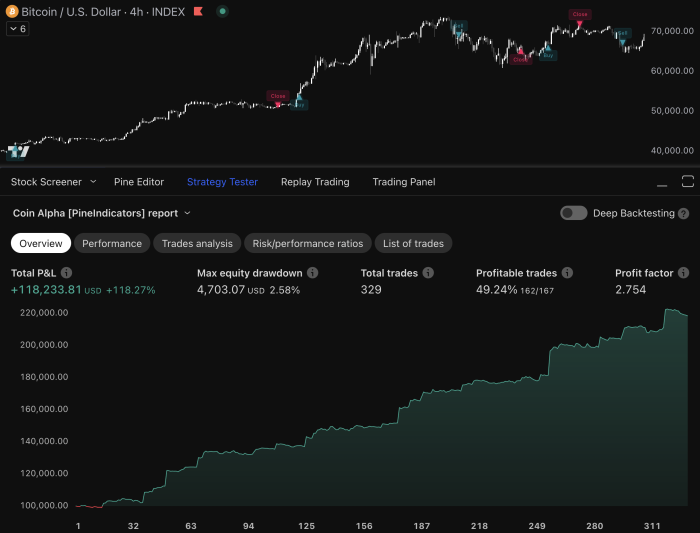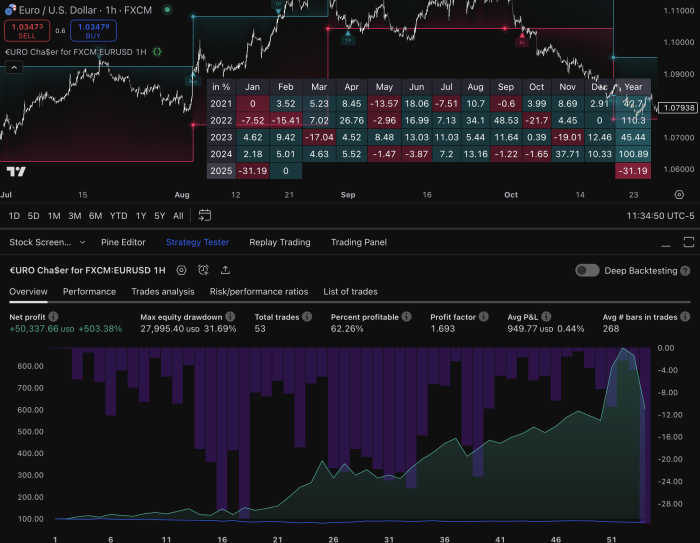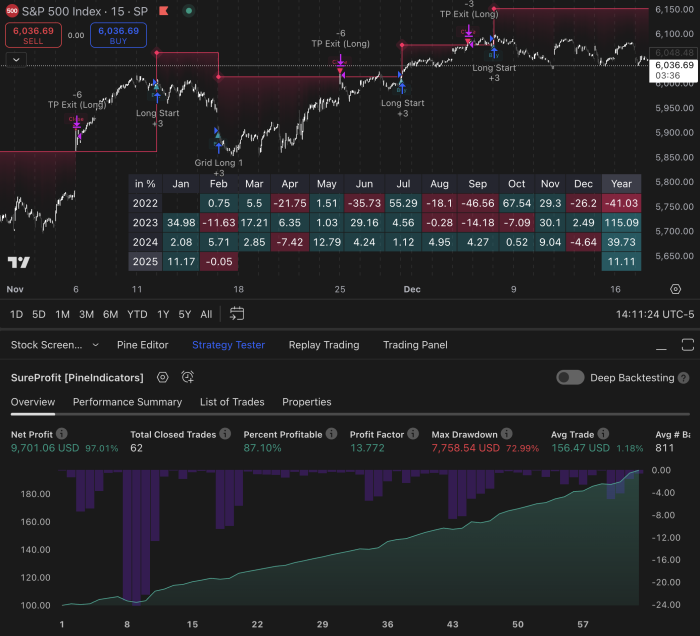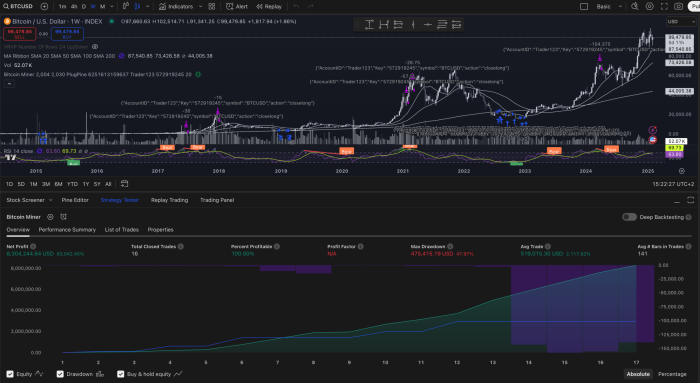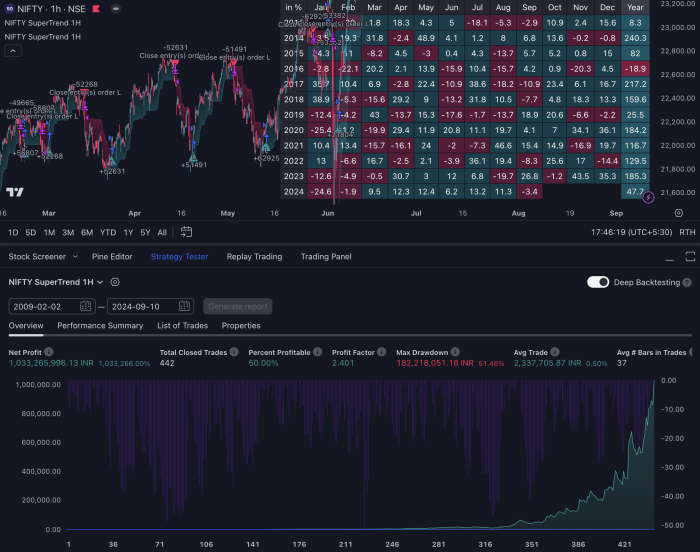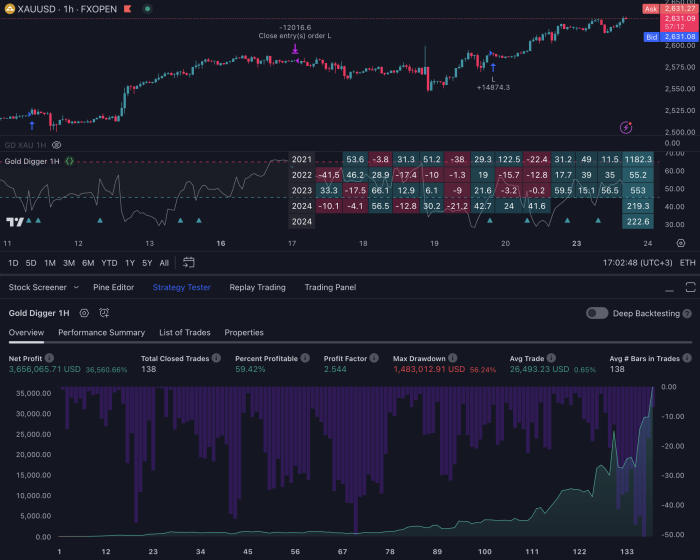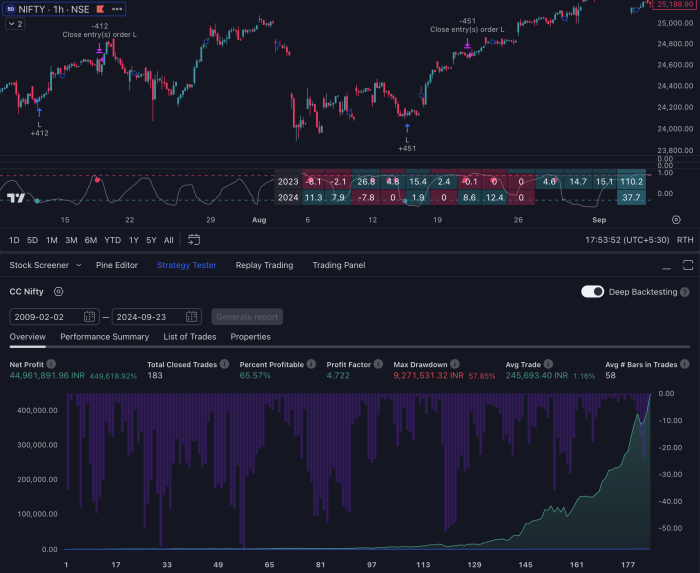Buy trading signals are critical indicators that suggest the optimal time to purchase a financial asset, such as stocks, commodities, or currencies. These signals can arise from various sources, including technical analysis, fundamental analysis, or even market sentiment. The essence of a buy signal is its ability to indicate a potential upward movement in the price of an asset, allowing traders to capitalize on anticipated gains.
Understanding these signals is paramount for anyone looking to navigate the complexities of financial markets effectively. The generation of buy signals often involves a combination of quantitative and qualitative factors. For instance, a trader might look at historical price movements, volume trends, and market news to determine whether a buy signal is valid.
Additionally, buy signals can be generated through various technical indicators, such as moving averages or Relative Strength Index (RSI). Each of these indicators provides unique insights into market conditions, helping traders make informed decisions about when to enter a position.
Key Takeaways
- Buy trading signals are indicators that suggest it’s a good time to buy a particular asset or security.
- Profitable buy signals can be identified through various technical indicators and chart patterns.
- Technical analysis plays a crucial role in identifying buy signals, including moving averages, RSI, and MACD.
- Implementing buy signals in your trading strategy involves setting clear entry and exit points based on the signals.
- Managing risk with buy signals involves setting stop-loss orders and diversifying your portfolio to minimize potential losses.
How to Identify Profitable Buy Signals
Identifying profitable buy signals requires a keen understanding of market dynamics and the ability to interpret various indicators accurately. One common method is to look for patterns in price charts, such as breakouts or reversals. A breakout occurs when the price moves above a defined resistance level, suggesting that buying pressure is increasing.
Conversely, a reversal pattern may indicate that a downtrend is losing momentum and that a price increase is imminent.
Traders often use candlestick patterns, such as hammers or engulfing patterns, to identify these critical moments.
Another effective approach to identifying buy signals is through the use of technical indicators.
For example, the Moving Average Convergence Divergence (MACD) is a popular tool that helps traders spot potential buy opportunities. When the MACD line crosses above the signal line, it can indicate a bullish trend, prompting traders to consider entering a long position. Similarly, the RSI can help identify overbought or oversold conditions; an RSI reading below 30 may suggest that an asset is undervalued and could be a good candidate for purchase.
Utilizing Technical Analysis for Buy Signals

Technical analysis plays a pivotal role in generating buy signals by providing traders with tools to analyze price movements and market trends. This analytical approach relies heavily on historical data and chart patterns to forecast future price behavior. One of the foundational concepts in technical analysis is the idea that price movements are not random but rather follow identifiable trends.
By studying these trends, traders can make educated predictions about when to buy. Key technical indicators used in this analysis include moving averages, Bollinger Bands, and Fibonacci retracement levels. Moving averages smooth out price data over a specified period, helping traders identify the overall direction of the market.
For instance, when a short-term moving average crosses above a long-term moving average, it can signal a potential buy opportunity. Bollinger Bands provide insight into market volatility; when prices touch the lower band, it may indicate an oversold condition and a potential buying opportunity. Fibonacci retracement levels can also serve as critical support and resistance areas where traders might look for buy signals.
Implementing Buy Signals in Your Trading Strategy
| Metrics | Value |
|---|---|
| Number of Buy Signals | 25 |
| Success Rate | 70% |
| Average Return on Investment | 5% |
| Maximum Drawdown | 3% |
Once buy signals have been identified through various methods, the next step is to implement them within a broader trading strategy. This involves determining entry points, setting stop-loss orders, and defining profit targets. A well-structured trading plan not only enhances the likelihood of success but also helps manage emotions during trading decisions.
For instance, traders might decide to enter a position once a buy signal is confirmed by additional indicators or after a specific price level has been reached. Incorporating buy signals into a trading strategy also requires an understanding of market conditions and personal risk tolerance. For example, during periods of high volatility, traders may opt for tighter stop-loss orders to protect their capital from sudden market swings.
Conversely, in more stable market conditions, they might allow for wider stop-loss levels to give their trades more room to develop. This adaptability ensures that traders can respond effectively to changing market dynamics while still capitalizing on identified buy signals.
Managing Risk with Buy Signals
Risk management is an essential component of any trading strategy that incorporates buy signals. Even the most promising buy signal can lead to losses if not managed properly. One effective risk management technique is position sizing, which involves determining how much capital to allocate to each trade based on the trader’s overall portfolio size and risk tolerance.
By limiting exposure on any single trade, traders can protect their capital from significant losses. Another critical aspect of managing risk is setting stop-loss orders. A stop-loss order automatically sells an asset when it reaches a predetermined price level, thereby limiting potential losses.
For instance, if a trader buys a stock at $50 and sets a stop-loss order at $48, they will exit the position if the stock price falls below this level. This strategy allows traders to maintain discipline and avoid emotional decision-making during adverse market conditions.
Monitoring and Evaluating Buy Signals

Monitoring and evaluating buy signals is crucial for ongoing trading success. Once a buy signal has been acted upon, traders must continuously assess the performance of their positions and the validity of their initial analysis. This involves tracking price movements and comparing them against the expected outcomes based on the original buy signal criteria.
If the asset’s performance deviates significantly from expectations, it may be necessary to reassess the position or even exit the trade early. Additionally, traders should keep an eye on external factors that could impact their positions.
Economic indicators, geopolitical events, and changes in market sentiment can all influence asset prices and may necessitate adjustments to trading strategies.
By staying informed about these factors and regularly reviewing their trades, traders can enhance their ability to respond effectively to changing market conditions.
Fine-tuning Your Buy Signal Strategy
Fine-tuning your buy signal strategy involves continuous learning and adaptation based on past experiences and market developments. Traders should regularly review their performance metrics to identify patterns in successful trades versus unsuccessful ones. This analysis can reveal insights into which indicators or strategies are most effective in generating profitable buy signals.
Moreover, incorporating feedback from other traders or utilizing trading journals can provide additional perspectives on refining strategies. Engaging with trading communities or forums allows individuals to share experiences and learn from others’ successes and failures. By remaining open to new ideas and approaches, traders can enhance their ability to identify and act on profitable buy signals.
Maximizing Profits with Buy Signals
Maximizing profits with buy signals requires not only identifying the right entry points but also implementing effective exit strategies. Once a trade has moved favorably in the trader’s direction, it becomes essential to lock in profits while managing risk appropriately. One common approach is to use trailing stop orders, which adjust automatically as the price moves in favor of the trade.
This allows traders to capture gains while still providing some flexibility for further upside potential. Additionally, scaling out of positions can be an effective strategy for maximizing profits. This involves selling portions of a position at different price levels rather than exiting all at once.
By doing so, traders can secure profits while still maintaining exposure to potential further gains if the asset continues to rise. Ultimately, maximizing profits with buy signals hinges on a combination of strategic planning, disciplined execution, and ongoing evaluation of market conditions.
If you are looking to enhance your trading strategy with custom Pine Script indicators, you should check out this article on com/unlimited/’>this link. For those who want to delve deeper into technical analysis on TradingView, there is a comprehensive guide available at this resource.
FAQs
What are trading signals?
Trading signals are indicators or suggestions that help traders make decisions about buying or selling assets in the financial markets. These signals are generated through technical analysis, fundamental analysis, or a combination of both.
How can I buy trading signals?
You can buy trading signals from various sources such as independent signal providers, brokerage firms, or online platforms that specialize in providing trading signals. These signals can be purchased as a subscription service or as a one-time purchase.
What factors should I consider when buying trading signals?
When buying trading signals, it’s important to consider the track record and credibility of the signal provider, the frequency and accuracy of the signals, the cost of the service, and whether the signals align with your trading strategy and risk tolerance.
Are there risks associated with buying trading signals?
Yes, there are risks associated with buying trading signals. The signals may not always be accurate, and there is a possibility of incurring losses if the signals result in unsuccessful trades. It’s important to thoroughly research and evaluate the signals before making any trading decisions.
Can trading signals guarantee profits?
No, trading signals cannot guarantee profits. While they can provide valuable insights and analysis, the financial markets are inherently unpredictable, and there is always a level of risk involved in trading. It’s important to use trading signals as a tool in conjunction with your own research and analysis.

